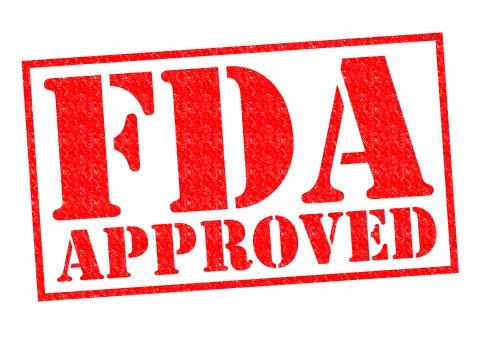Creating Safe and Effective Cancer Treatments: FDA Approval Process for Cancer Drugs
By Abby Henry, Oncology Content Manager, PearlPoint Cancer Support
 If you are a cancer survivor who received chemotherapy or immunotherapy at a hospital or treatment center accredited by the Commission on Cancer, the drugs you received were either FDA approved or part of an FDA monitored clinical trial. (If you were part of a clinical trial, you would know it! You have to agree to participate before receiving the drug.) If you’ve ever watched an add on TV for a medication that requires a doctor’s prescription, you’ve probably heard the phrase “FDA approved.” So, who is the FDA, and why is FDA approval so important?
If you are a cancer survivor who received chemotherapy or immunotherapy at a hospital or treatment center accredited by the Commission on Cancer, the drugs you received were either FDA approved or part of an FDA monitored clinical trial. (If you were part of a clinical trial, you would know it! You have to agree to participate before receiving the drug.) If you’ve ever watched an add on TV for a medication that requires a doctor’s prescription, you’ve probably heard the phrase “FDA approved.” So, who is the FDA, and why is FDA approval so important?
FDA refers the United States Food and Drug Administration. The FDA is a government agency within the U.S. Department of Health and Human Services. The FDA works to protect the public health by regulating food, medications, supplements, and cosmetics by making sure they are properly labeled and tested before being sold. Within the FDA, the Office of Hematology and Oncology Drug Products works specifically on cancer drugs and treatments.
The FDA approves drugs through the clinical trials process. Every clinical trial has a sponsor to fund the research process. Sponsors are usually pharmaceutical companies, government agencies, or healthcare organizations. After gathering data from animal research to determine if a potential drug is effective and safe for human testing, the sponsor of the clinical trial submits an Investigational New Drug (IND) application to the FDA. The IND application includes detailed information on the drug and explains how the trials will be conducted. If the FDA okays the IND, the trial may begin recruiting participants, and the sponsor must register the trial with ClinicalTrials.gov which is run by the National Institutes of Health (NIH).
Once clinical trials begin, there are three phases of testing with an increasing number of participants at each phase. After collecting enough information from clinical trials to prove that the treatment is safe and effective, the sponsor completes and submits a New Drug Application (NDA). If the NDA provides enough information to prove the drug is safe and effective and that it can be manufactured, labeled, and distributed properly, the FDA approves the drug!
The FDA regularly provides updates on approved drugs on the FDA website. Even after the FDA approves a drug, the sponsor is still required to report safety updates to the FDA as needed. If new side effects are discovered, the drug’s labeling is changed and the public is informed. If a new side effect is deemed too dangerous, the FDA revokes approval.
For a more detailed breakdown on the FDA drug approval process visit the FDA website. The FDA provides and helpful and informative infographic that breaks down the process in an easy to understand way.
Remember— clinical trials are the only way cancer care can improve for all cancer patients. To learn more about clinical trials, visit My PearlPoint or www.LLS.org/clinicaltrials.